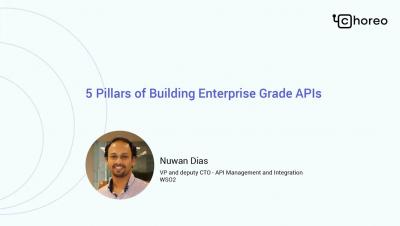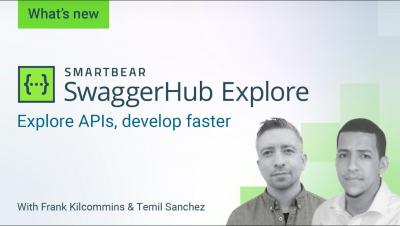Systems | Development | Analytics | API | Testing
%term
How to Fix the "List Index Out of Range" Error in Python Split()
One of the most common operations in Python is splitting strings into lists based on a specified delimiter. However, when using split(), you may encounter the error List Index Out of Range. This guide will unpack what this error means, why it occurs, and some common strategies to prevent it.
What to look for in a decision intelligence tool
Picture it: You are the owner of a growing digital purveyor of premium baked goods. You see that your chocolate chip, macadamia nut cookies with a hint of coconut are going gangbusters whereas sales for peanut butter cookies are declining. This is bad for margins because the peanut butter cookies cost less to produce than the chocolate chip, macadamia nut, coconut cookies. You decide to offer a special coupon for your loyalty customers to grow the peanut butter cookie sales.
7 Tools for Building Powerful Backlinks
You must have recently finished auditing and optimizing your website for SEO. Those are the easy parts, as auditing and optimizing your own website is in your complete control. The hard part is off-page SEO, as you need to convince strangers to add a link to your website on their website. If you were to handle the link-building process manually, it would cost you hours and hours.
Unleashing the Power of the Masses: A Deep Dive into Crowdsourced Testing
Traditional testing methodologies have long served as the backbone of QA but have limitations. As the industry evolves, so do the challenges developers face, making it evident that a new approach is needed to address the emerging demands of the ever-evolving mobile landscape. The solution lies in harnessing the power of crowdsourced testing. Mobile applications have become an indispensable part of our daily lives in the fast-paced digital era.
Cloud-side vs. Client-side Testing: What's Right for Your Project?
Most developers are familiar with running Selenium or Appium tests on their local machine (or sending them to a local Appium server). While these capabilities are essential early on, many organizations need help scaling this approach. Building and maintaining internal device labs and infrastructure can quickly become a nightmare. Here, you'll learn about the differences between client-side and cloud-side tests and how to choose the right option for your project.
Unlocking Cost Optimization: Insights from FinOps Camp Episode #1
With the dramatic increase in the volume, velocity, and variety of data analytics projects, understanding costs and optimizing expenditure is crucial for success. Data teams often face challenges in effectively managing costs, accurately attributing them, and finding ways to enhance cost efficiency.
What Is Intelligent Process Automation? 5 Key Facts
Intelligent process automation (IPA) isn’t for everyone. Let me explain. Intelligent process automation is meant for large-scale digital transformations. So if you're looking to make small changes at the margins, like automating simple tasks, IPA probably isn't for you. IPA is better suited to large organizations with lots of data that want to streamline complex, enterprise-wide processes—to digitally transform their workflows, top to bottom.











